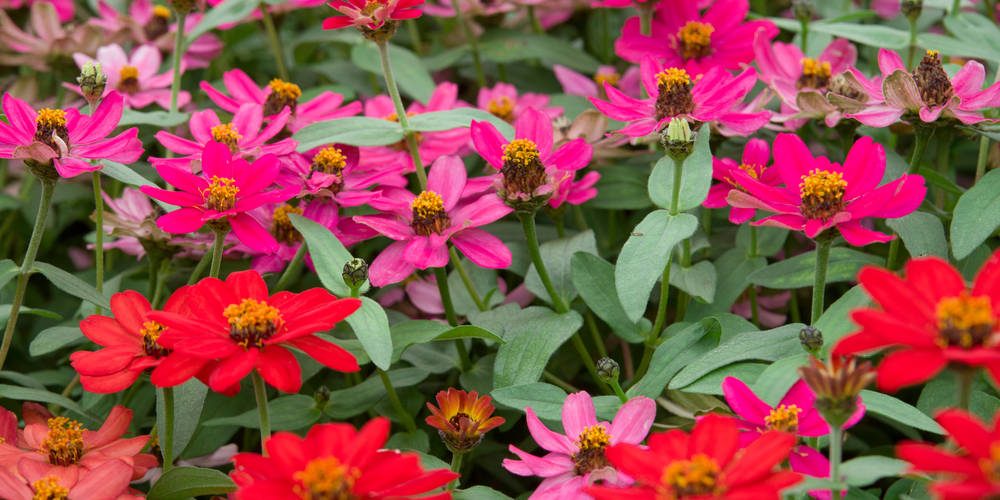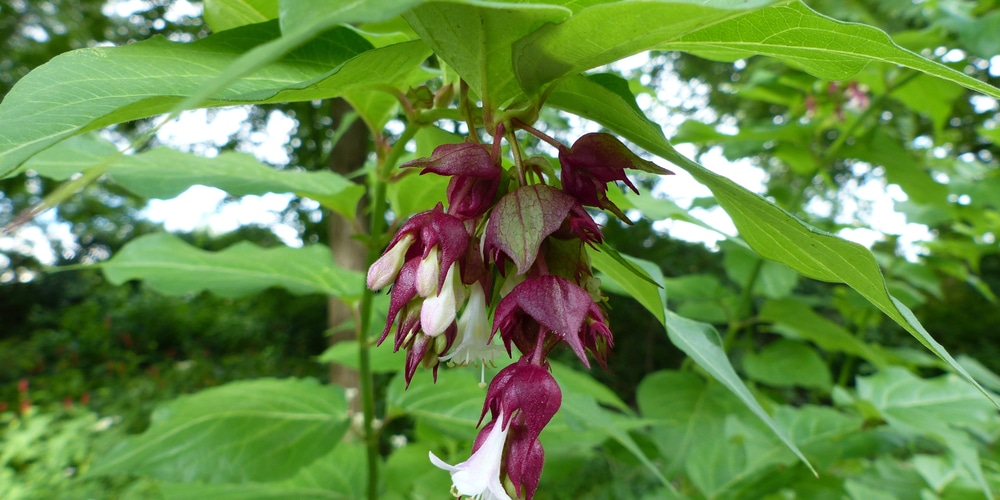Biennials and annuals are two types of plants that have very different growth habits. Annuals complete their life cycle in one growing season, while biennials need two growing seasons to mature and produce flowers and seeds.
What Are Annuals?

Annuals typically grow quickly from seed, flower, set seed, and die within a single year. They often produce multiple flowers over their short lifespans and are ideal for a quick splash of color in the garden.
What are Biennials?

Biennials, on the other hand, have a longer life cycle. These plants take two years to complete their growth cycle. During the first year they grow foliage and store energy in their roots. In the second year, they create flower buds and produce blooms.
Biennials are great for adding structure to the garden, and they can provide a beautiful display of color in subsequent years. They may also be used to enhance annual beds as they often have interesting foliage that adds texture and form to the planting. Because biennials need two growing seasons, however, they may require more maintenance and patience than annuals.
Should You Plant Annuals or Biennials?
Overall, biennials and annuals have distinct differences but both can be used to create stunning garden displays. It is important to understand the specific needs of each type of plant to ensure success in the garden. By combining both biennials and annuals, gardeners can create a unique and beautiful landscape that will provide years of enjoyment.
Biennials Die After Two Years
It is important to note that all biennials will eventually die after flowering in their second year. Gardeners should plan for this by making sure that seeds are collected and stored so plants can be replaced each year. Additionally, it is possible to extend the life of biennial plants through dividing or transplanting them at the end of their lifespan.
Common Biennials
Make a list of Biennials with their Hardiness Zones and Care requirements
- Foxglove (Digitalis) – Hardy in Zones 3-9, prefers partial to full sun and moist, well-draining soil.
- Sweet William (Dianthus barbatus) – Hardy in Zones 4-8, prefers full sun and well-draining soil.
- Hollyhocks (Alcea rosea) – Hardy in Zones 4-8, prefers full sun and well-draining soil.
- Canterbury Bells (Campanula medium) – Hardy in Zones 3-8, prefers partial to full sun and moist but well-draining soil.
- Delphinium (Delphinium) – Hardy in Zones 3-7, prefers full sun and well-draining soil.
- Sweet Rocket (Hesperis matronalis) – Hardy in Zones 4-8, prefers full sun and moist but well-draining soil.
- Sea Holly (Eryngium) – Hardy in Zones 5-8, prefers full sun and well-draining soil.
- Forget-Me-Not (Myosotis sylvatica) – Hardy in Zones 3-7, prefers partial to full sun and moist but well-draining soil.
Common Anuuals
Make a list of Annuals with their Hardiness Zones and Care requirements
- Zinnia (Zinnia) – Hardy in Zones 2-11, prefers full sun and moist but well-draining soil.
- Petunia (Petunia) – Hardy in Zones 10-11, prefers full sun and moist but well-draining soil.
- Marigold (Tagetes) – Hardy in Zones 11-12, prefers full sun and well-draining soil.
- Sunflower (Helianthus annuus) – Hardy in Zones 3-11, prefers full sun and moist but well-draining soil.
- Impatiens (Impatiens) – Hardy in Zones 11-12, prefers shade and moist but well-draining soil.
- Dahlia (Dahlia) – Hardy in Zones 9-10, prefers full sun and well-draining soil.
- Snapdragon (Antirrhinum majus) – Hardy in Zones 11-12, prefers full sun and moist but well-draining soil.
- Cosmos (Cosmos bipinnatus) – Hardy in Zones 2-11, prefers full sun and well-draining soil.